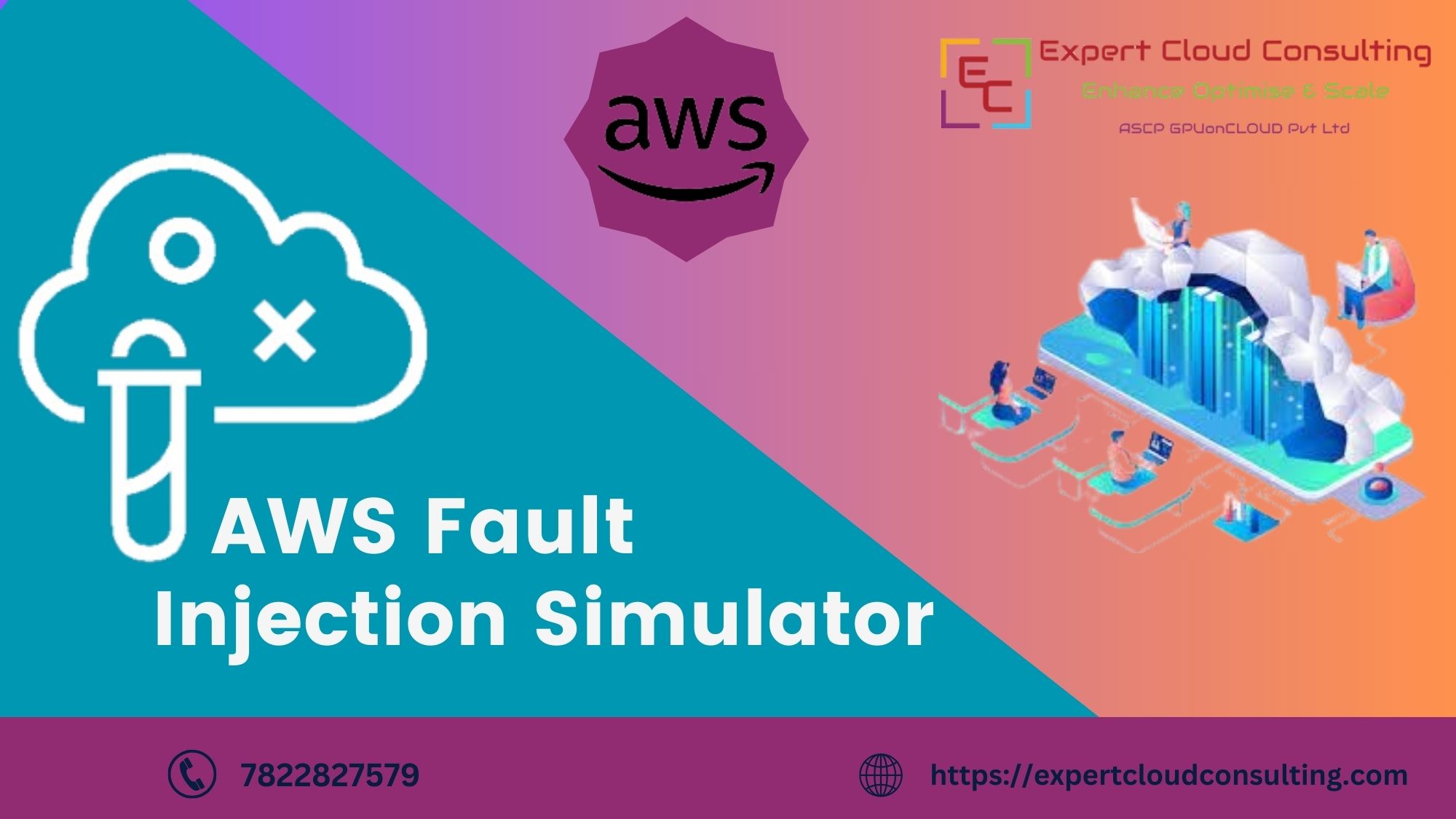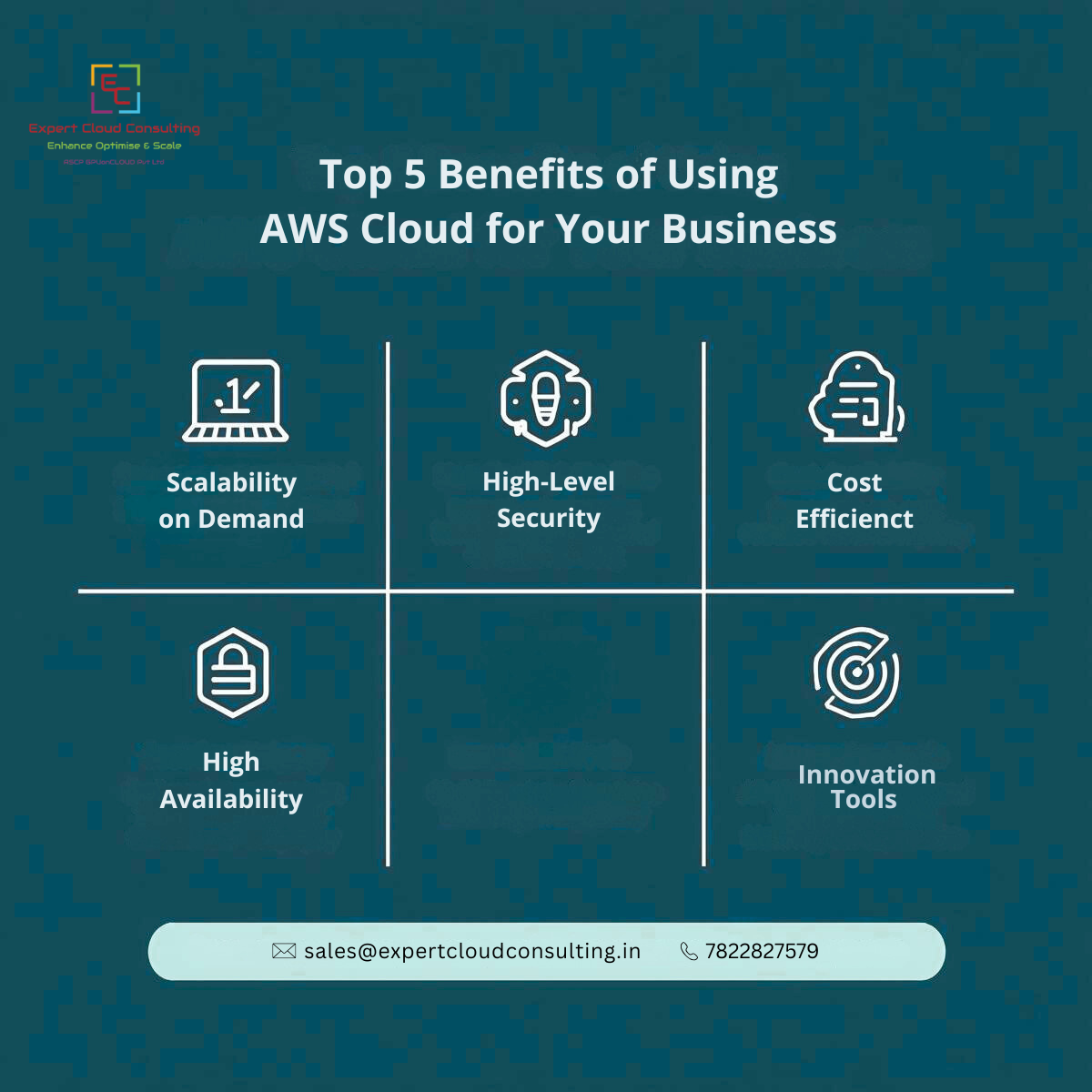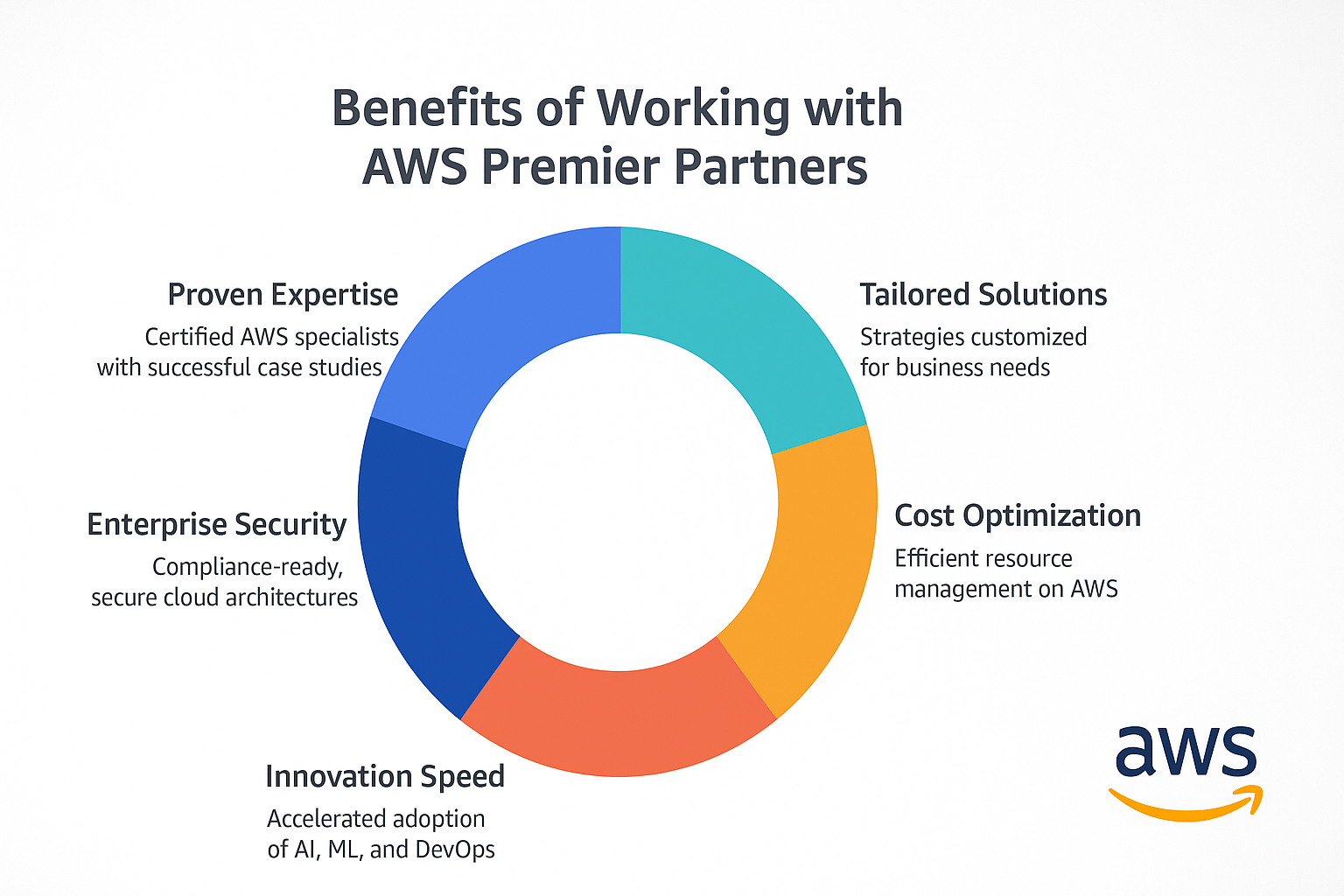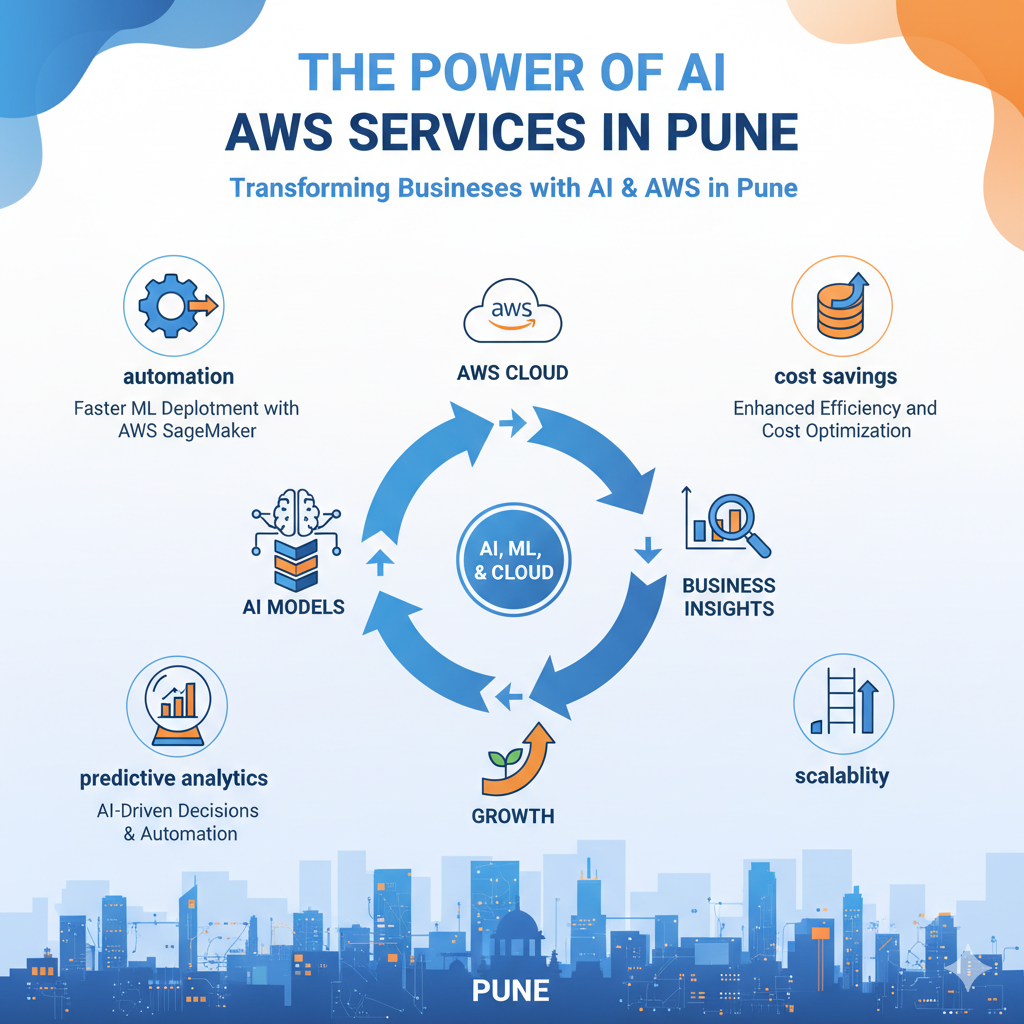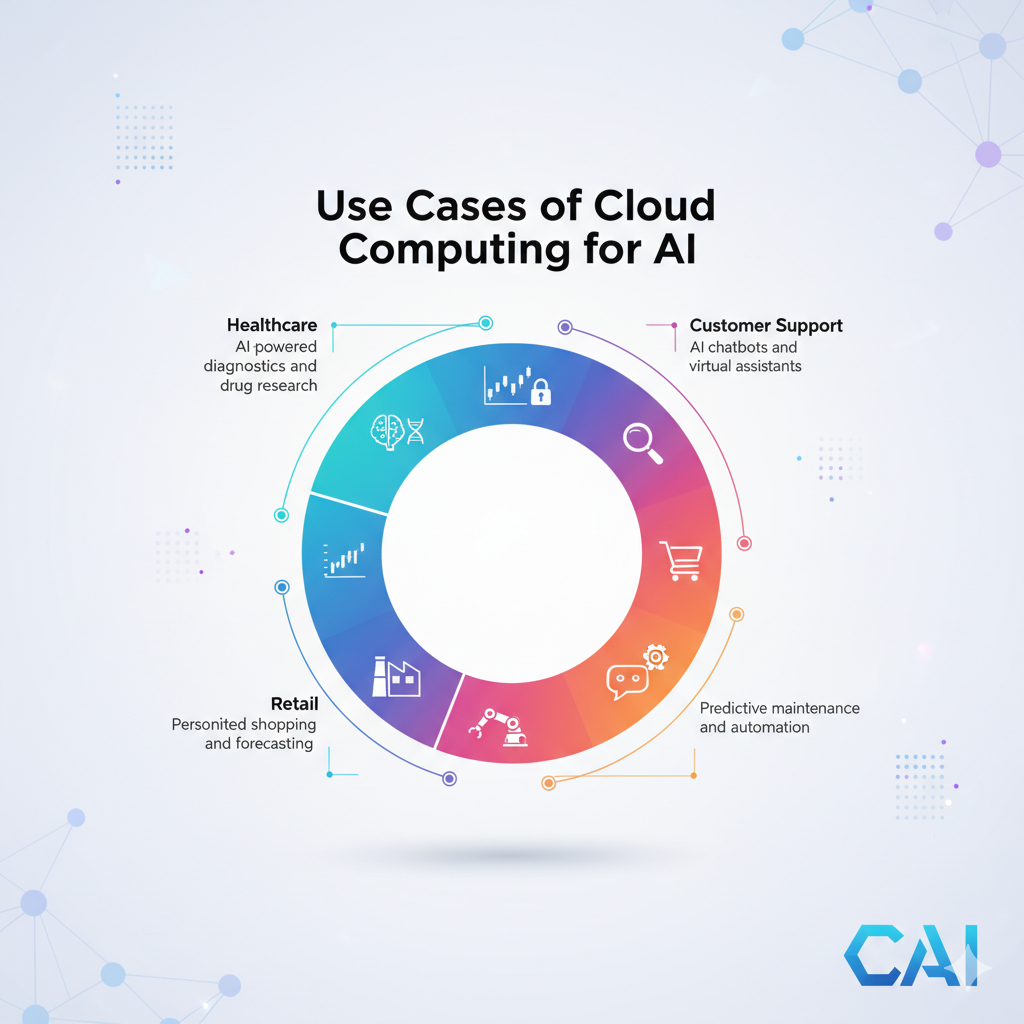- IntroductionIn today's digital landscape, where uninterrupted service delivery is paramount, ensuring the resilience of applications against failures is a top priority for businesses. With the rise of cloud computing, services like Amazon Web Services (AWS) provide a plethora of tools to bolster the reliability and fault tolerance of applications. Among these, the AWS Fault Injection Simulator (FIS) emerges as a powerful ally in fortifying application resilience.🛡️✨
Why FIS ?The AWS Fault Injection Simulator (FIS) is a key component of the AWS Resilience Hub, offering a fully managed solution for conducting fault injection experiments. These experiments are designed to enhance an application's performance, observability, and resilience. FIS streamlines the setup and execution of controlled fault injection tests across various AWS services, empowering teams to gain trust in their application's behavior. By facilitating these experiments, FIS enables teams to proactively identify weaknesses and strengthen their systems' resilience against potential failures.
Enhancing Application Resilience
1️⃣ Demonstrate multi-region and multi-AZ application resilience🌐 One of the key advantages of AWS FIS is its ability to test application resilience across multiple regions and Availability Zones (AZs). This feature is particularly valuable for distributed systems that rely on redundancy and failover mechanisms to maintain availability in the face of failures. By leveraging FIS, organizations can simulate failure scenarios such as region-wide outages or AZ failures and observe how their applications gracefully handle these situations. Through systematic experimentation, developers can fine-tune their disaster recovery strategies, optimize failover mechanisms, and ensure seamless continuity of services for their users.
2️⃣ Securely validate business application resilience with AWS FIS🔁🔒AWS Fault Injection Simulator (FIS) enables secure validation of business application resilience by selectively denying access to any AWS API. This approach allows for targeted fault injection, particularly beneficial for fully managed services like Amazon S3 or SQS, where disrupting read or write operations effectively simulates service problems. Moreover, it offers a granular degradation of AWS APIs without requiring code modifications, making it ideal for serverless applications. This enhances reliability and resilience by providing insights into how applications respond to API failures, thereby minimizing the risk and costs associated with downtime.
- 3️⃣ Chaos experiments on Amazon RDS using AWS FIS🤖
- Use Cases
Integrating fault injection into your CI/CD pipeline allows for automated testing of your system's resilience during the software delivery process. By incorporating fault injection tests alongside other automated tests, you can systematically evaluate how your system responds to various failure scenarios. This approach helps ensure that potential weaknesses are discovered early in the development lifecycle, minimizing the risk of deploying faulty code to production.
2️⃣ Run CPU stress on an instance💻Testing CPU stress involves deliberately increasing the computational load on a system to evaluate its performance under high CPU utilization. By employing stress testing tools and monitoring CPU utilization metrics, you can simulate scenarios where your applications may encounter resource constraints. This allows you to assess whether your system can scale resources dynamically and handle increased processing demands without degrading performance or experiencing downtime.
Performing chaos experiments on Amazon RDS using AWS Fault Injection Simulator involves intentionally injecting faults or disruptions into your RDS instances to observe how your system responds under stress or failure conditions. This allows you to validate the resilience and reliability of your application's architecture, identifying potential weaknesses and areas for improvement. By simulating real-world failures such as network latency, disk failures, or instance terminations, you can proactively mitigate risks and enhance the overall robustness of your RDS deployments on AWS.
Conclusion


